Shipping quote request
We’ll calculate the shipping price as soon as getting your request.
Shipping quote request
We’ll calculate the shipping price as soon as getting your request.
You May Also Like
Sponsored Products
More from this Dealer
Large Studio Ceramic Vase, Italy, 1960s
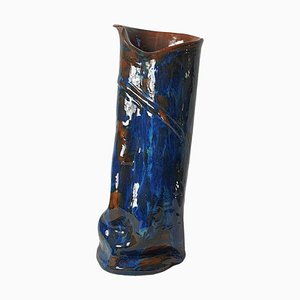
Italian Baroque Chandelier, 1950s
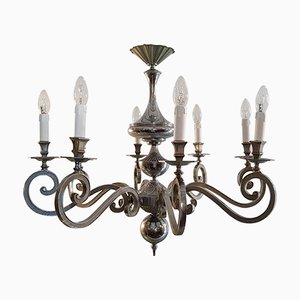
Large Neoclassical Full Length Mirror, Italy
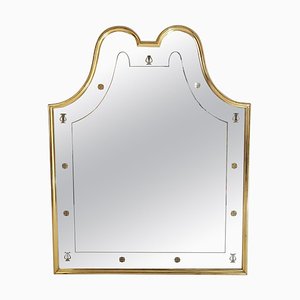
Narciso Wall Mirror attributed to Sergio Mazza for Artemide, Italy, 1960s
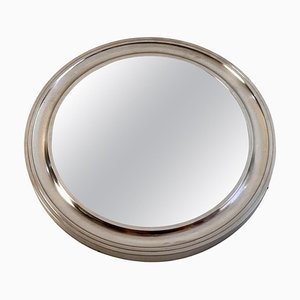
Mid-Century Glass Bark Vases by Bo Borgström for Åseda, 1960s, Set of 6

Mid-Century Bamboo Floor Lamp in the style of Franco Albini, 1960s
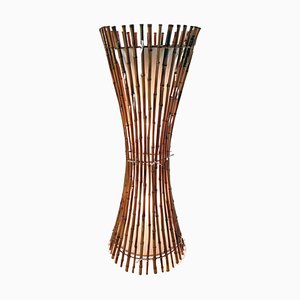
Mid-Century Italian Wall Sconces, Set of 2
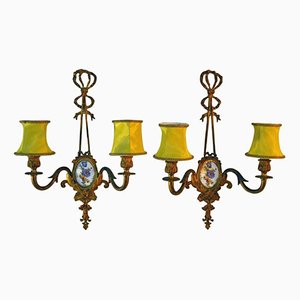
Model Urio Coffee Table by Parisi Ico for MIM, 1950s
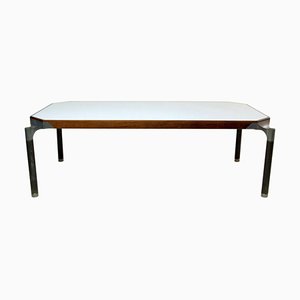
Mid-Century Italian Dining Chairs by Ico & Luisa Parisi, Set of 6

Leaf Bronze Trays, Italy, Set of 2
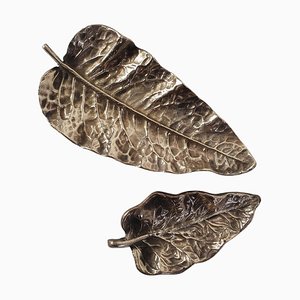
Mid-Century Sommerso Glass Vase by Josef Schott for Smålandshyttan

Swedish Art Glass & 24-Karat Gold Table Lamp by Marcolin Art Crystal, 1960s
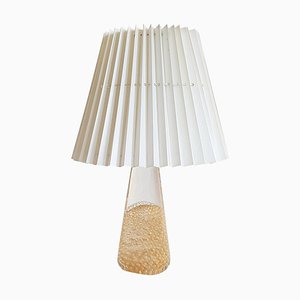
Mid-Century Italian Clam Shell Armchairs, 1950s, Set of 2

Art Deco Italian Playing Card Box, 1930s
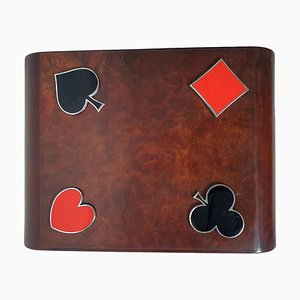
Swedish Pendant Lamp by Erik Höglund for Kosta Boda, 1960s
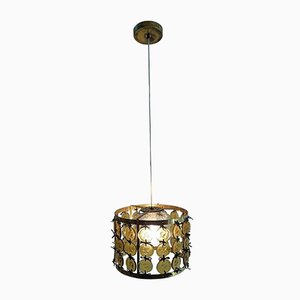
Large Murano Swirl Pendant in White, 1970s

Italian Rococo Crystal Chandelier, 1940s
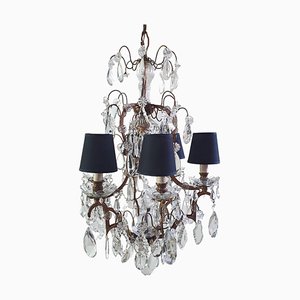
Mid-Century Lidded Bowl from Ceramiche Batignani, Italy

Op Style Black and White Coffee Table, Italy, 1970s
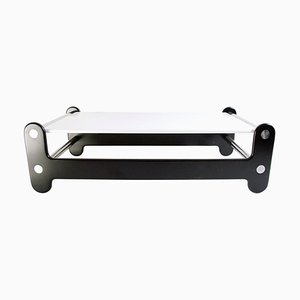
Mid-Century Coffee Table with Marble Top and Base

More Products
Get in Touch
Make An Offer
We noticed you are new to Pamono!
Please accept the Terms & Conditions and Privacy Policy
Get in Touch
Make An Offer
Almost There!
To follow your conversation on the platform, please complete the registration. To proceed with your offer on the platform, please complete the registration.Successful
Thanks for your inquiry, someone from our team will be in touch shortly
If you are a Design Professional, please apply here to get the benefits of the Pamono Trade Program